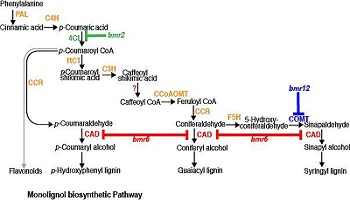
Scott Sattler
USDA-ARS, USA
Title: Modifying lignin content and composition to improve sorghum for bioenergy
Biography
Biography: Scott Sattler
Abstract
Modifying lignin content and composition are major targets for bioenergy feedstock improvement for both cellulosic and thermal bioenergy conversion. Sorghum (Sorghum bicolor) is currently being developed as a dedicated bio-energy feedstock. To increase the energy content of sorghum biomass for thermal bioenergy conversion processes, including pyrolysis and direct combustion, a series of transgenic events ectopically expressing ten monolignol biosynthetic genes and a Myb transcription factor, SbMyb60, were developed. Higher lignin content is desirable, because lignin has greater energy content than cellulose or hemicellulose cell wall components. The events overexpressing SbMyb60 have elevated levels of enzymes from the lignin biosynthetic pathway, increased levels of phenolic compounds and increased energy content. This result indicated that overexpression of this transcription factor is sufficient to induce phenyl propanoid synthesis in sorghum. Likewise, overexpression of caffeoyl CoA O-methyltransferase (SbCCoAOMT) resulted in increased energy content, but without increasing lignin concentration. In contrast, reducing lignin content is desirable for improving cellulosic bioenergy conversion. To reduce lignin content and alter lignin composition, brown midrib (bmr) mutants are being utilized. bmr6 and 12 sorghum lines have been previously shown to significantly increase ethanol conversion through saccharification and fermentation. Currently, five other bmr loci are being evaluated for the potential to improve biomass conversion. In addition, both the bmr and the transgenic strategies are being combined together with the goal of tailoring lignin content and composition beyond what has been previously observed in sorghum. The development of these experimental lines with altered phenyl propanoid metabolism will lead to a greater understanding of how these modifications impact plant fitness and affect bioenergy conversion technologies in sorghum and other bioenergy grasses


